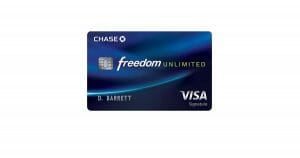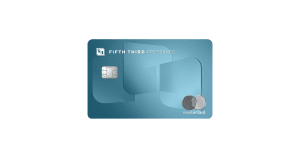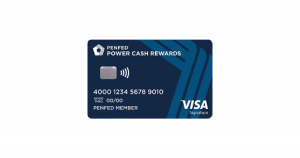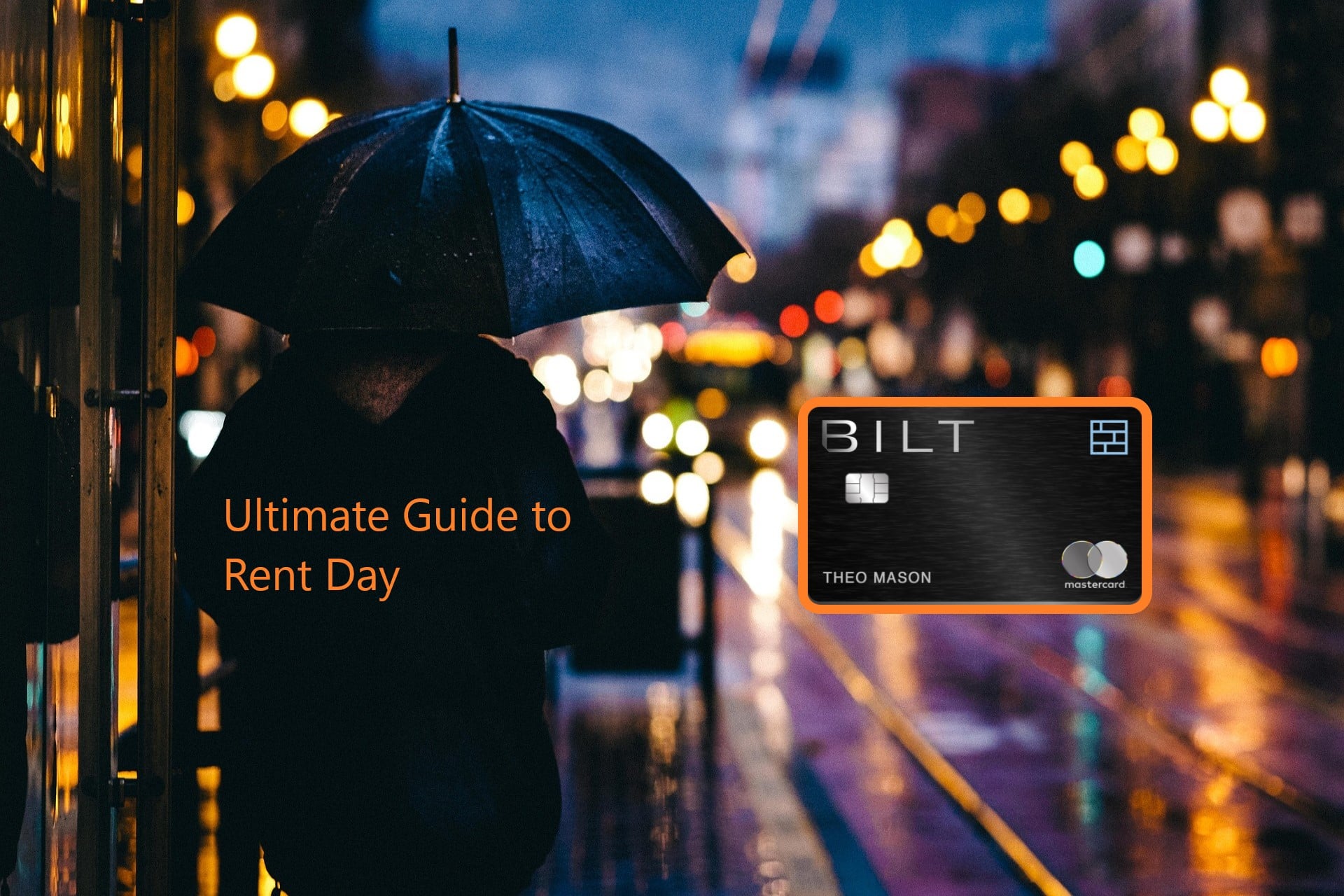Last updated on March 25th, 2024
BestCards prides itself in providing over 1,000 credit card reviews for our readers. These card offers range from secured credit cards from your local credit union to the biggest and best rewards cards from American Express, Chase, and more. But does it matter where you get your next credit card from? Does size matter, and should you always go with the big, national bank over the local community bank?
At a Glance
- Bigger, national banks provide a greater selection of banking products, including credit cards, loans, deposit accounts, investments, and more.
- Smaller banks may offer lower interest rates and fewer fees. This is especially true for credit unions, which are member-owned.
- Smaller, local banks have a greater local footprint, meaning you may receive better support and service.
- Both big and small banks (and credit unions) are government-insured for up to $250,000 in individual accounts and $500,000 in joint accounts.
How Do National and Local Banks Differ?
Credit cards offered by local banks or credit unions and those provided by national lenders like American Express, Chase, Discover, and others differ in several ways:
| Bank | Credit Union | ||
|---|---|---|---|
| For-profit, owned publicly or privately | Non-profit and member-owned | ||
| Open to all | May have eligibility requirements | ||
| Accounts insured for up to $250,000 by the FDIC | Accounts insured for up to $250,000 by the NCUA | ||
| Bigger range of products and services | Offerings based on size |
Local Lenders Provide Greater Value for Communities
Many local banks are classified as “community banks,” meaning they operate in a limited geographic area and hold less than $1 billion in total assets. This classification is also an excellent reason to consider a local bank or credit union over a national alternative.
Because community banks and credit unions operate in small areas, they provide a better range of services for the communities they serve. Local banks and credit unions often offer more personalized customer service and have a better understanding of their customer’s needs, meaning you’ll find products that are tailored to your local needs.
Local and regional banks are also more likely to serve underbanked communities and groups. These examples include minority-owned financial institutions (including OneUnited, the largest black-owned bank in the United States, and Latino Credit Union, a North Carolina credit union serving individuals with no banking history and new immigrants to establish credit and learn the financial tools they need to succeed) and military and government financial institutions (Navy Federal Credit Union is more akin to a large national bank, but other examples exist, such as Air Force FCU, Fort Bragg FCU, and NASA FCU).
Not a Fan of Fees? Think Local
In general, local banks are a better bet if you want a lower interest rate or no annual fee. Credit unions are especially great options for interest-concerned consumers.
Banks are for-profit institutions – they’re in the business of making money from your money while you may see little to none of the dividends your money helped to earn. Credit unions, on the other hand, are non-profit institutions that exist to pass on the earnings to their members. As such, credit unions can offer much more competitive rates on products like loans, savings accounts, or credit cards than traditional banks would be able to offer.
Annual fees are another common feature of big bank credit cards – especially for those impressive rewards cards, like the Platinum Card from American Express ($695 annual fee) or the Chase Sapphire Reserve ($550 annual fee). These cards also feature comprehensive loyalty programs and many statement credits for amenities like TSA PreCheck, Priority Pass lounge access, hotel stays, and other incidentals. But many national banks also offer a wider range of credit cards, including both $0 annual fee cards and premium cards with higher fees but more benefits and rewards.
On the other hand, local banks and credit unions offer a greater proportion of no-annual-fee credit cards than larger banks. This is because of the commitment to the community previously discussed and the more simplified rewards that these smaller institutions provide.
It’s worth noting that rates and fees can vary significantly among different banks, regardless of whether they are local or national. Because of this, it’s best to directly compare the terms and conditions of specific credit cards offered by different banks to determine the most accurate and up-to-date information.
Both Options Provide the Same Amount of Protection
One of the most-cited reasons for choosing a national bank (like Bank of America) over a regional bank (like Huntington National Bank) is that these larger institutions provide greater security for deposits. This reasoning seems to hold water – after all, big banks like JPMorgan Chase and Citibank have significantly more assets than local banks, often by exponential levels.
Despite this, both local and national banks offer the same protections for deposited accounts – namely, up to $250,000 in individual accounts and $500,000 in joint accounts through the Federal Deposit Insurance Corporation (FDIC). Credit unions offer similar protections, with accounts insured through the National Credit Union Administration (NCUA). So if your bank is FDIC or NCUA insured, you can rest assured your money is safe and will be transferred to another government-protected financial institution.
Big Banks Offer Better Rewards
When you imagine credit card rewards, you probably envision Chase Ultimate Rewards or American Express Membership Rewards and not the rewards program from your local credit union. This is because big banks:
- Are able to offer more comprehensive rewards.
- Provide sizable welcome offers for new cardholders.
- May provide annual retention bonuses on premium cards.
- Can provide points transfers to major partner programs.
Larger banks have greater assets – and a larger clientele. These two factors mean they can afford to negotiate with airlines, hotels, and other loyalty programs to provide incidentals and perks for eligible cardholders. Because of the huge amount of potential customers, these rewards programs often team up with banks to help attract new members with bonus points. And because of this, you’ll see 1:1 points transfers with major airlines like Delta, American Airlines, United Airlines, and Southwest. Moreover, these cards will offer exclusive perks like lounge access and in-flight savings not found with many local rewards programs.
| Comparison of similarly positioned rewards credit cards from banks of various sizes: | |||
|---|---|---|---|
 Chase Freedom Unlimited |
 Fifth Third Preferred Cash/Back Card |
 PenFed Power Cash Rewards VISA Signature® |
|
| Annual fee | $0 | $0 | $0 |
| Rewards | 5% back on Chase Ultimate Rewards travel purchases, 3% on dining & drugstores, and 1.5% on everything else | Unlimited 2% cash back on all purchases | 1.5% cash back on all purchases made with your card, 2% cash back for PenFed Honors Advantage members |
| Award options | Travel, merch, gift cards, deposits, checks, transfers | Checks, statement credits, deposits | Checks, statement credits, deposits |
| 0% APR | 0% APR for 12 months on purchases & balance transfers | N/A | 0% APR for 12 months on balance transfers |
That’s not to say local banks and credit unions don’t have dedicated rewards programs. One such program is ScoreCard Rewards, a popular program for both banks and credit unions. The program allows smaller financial institutions to offer competitive rewards without adding excessive costs to the local banks and credit unions.
Remember that ScoreCard Rewards and other rewards programs will not provide the same value as the best high-end redemptions you’ll see on a travel influencers’ YouTube channels, but they do provide decent value for money when booking award flights with select carriers or when booking hotel stays.
Many national banks offer a range of credit cards, including both no-annual-fee cards and premium cards with higher fees but more benefits and rewards. National banks may have extensive rewards programs, travel perks, and additional services with higher annual fees.
Building Credit? Think Big, Not Small
Local banks and credit unions offer a good selection of credit cards, including secured credit cards. Despite this, there are some disadvantages to banking locally when trying to build credit.
First, many smaller banks charge an annual fee for a secured credit card, typically around $25 per year. This fee is in addition to the security deposit, which typically has a minimum requirement of about $200. In comparison, many credit-builder cards from national banks, like the BankAmericard Secured or the Capital One Platinum Secured, charge no annual fee and have the same deposit requirements as other issuers.
Second, most big banks offer a clear route to moving up from secured cards to unsecured credit. With Discover, for instance, it’s the opportunity to receive your cash deposit back and automatically upgrade to the Discover It or Discover It Chrome. For the Capital One secured card, it’s an upgrade to the unsecured version of the Platinum, SavorOne, or QuicksilverOne.
This isn’t to say smaller banks don’t offer graduation to unsecured credit cards – just make sure to read the terms and conditions of each card before applying so you don’t get caught off guard. Alternatively, keep in touch with local branch employees to see if they can accommodate a card upgrade when the time is right.
Related Article: The Best Secured Credit Cards
Convenience
One area where the difference between a big bank and you local lender is more personal is when it comes to convenience. National banks like Chase offer greater availability of ATMs across the United States. Local and regional banks may have a smaller physical footprint, meaning you may have to search harder to find a fee-free ATM.
Fortunately, many credit unions and smaller banks team up with other lenders to provide nationwide ATM access. Many credit unions are members of the Co-op ATM and branch network, which operates over 65,000 fee-free ATMs and shared branches across the United States.
| ATM network(s) | Number of Fee-free ATMs |
|---|---|
| Bank of America | 16,000+ |
| Chase | 18,500+ |
| Discover/ Allpoint/ MoneyPass | 60,000+ |
| Wells Fargo | 12,000+ |
| Co-op (credit union network) | 33,000+ |
| USAA/ Allpoint/ MoneyPass/ PNC | 55,000+ |
Another area of convenience you should consider is online banking. Most institutions offer online banking, including making online payments, account management, and other services. Big banks like Chase have impressive, streamlined mobile apps and websites designed to maximize the user experience. Local banks may have nice features, apps, and sites, too, but more often than not these apps aren’t of the quality of Chase, Citi, Wells Fargo, and other major names.
National Banks vs Local Banks – Summing It Up
It can be tricky to choose between a big bank with those juicy rewards and lucrative sign-up bonuses and a local credit union with great rates, fewer fees, and localized service. Fortunately, there are plenty of exceptional credit cards in both areas to select from. But before ending, here’s a recap of the main reasons why you might choose favor a card from banks and credit unions big and small:
| Why you might consider getting a credit card from: | |
|---|---|
|
|
 |
| If personalized service and close relationships are important to you, a local bank or credit union might be a good bet. Local banks and credit unions often provide more personalized customer service and have a better understanding of their customers’ needs. | Bigger selection. National banks tend to have a much broader selection of credit card products vs. a local bank. These options include travel credit cards, balance transfer cards, and co-branded cards with major retailers. |
| Community is a big part of what credit unions stand for. Local banks typically place an emphasis on community engagement, so when you bank locally, you are supporting your local economy. | Big banks are ideal if you place great importance on rewards. Local bank rewards are typically very simple, with many cards offering between 1% to 1.5% cash back on purchases. National banks, on the other hand, often offer robust rewards programs, including cash back, travel rewards, and other perks such as lounge access, elite tier status in programs, and credits. |
| Better rates and fees. Local banks tend to provide mostly no-annual-fee credit cards, saving you money each year. Additionally, local banks (and especially credit unions) offer better rates than many lenders, with fewer fees. Credit unions are great for obtaining a low APR, as these institutions are member-owned – meaning they are not-for-profit. | If protections and extra features are important to you, a rewards card from a national lender makes sense. This is because these cards typically provide additional benefits like purchase protection, extended warranties, and travel insurance. Big bank credit cards also enjoy broader global acceptance. Some local credit cards do not permit foreign transactions or will charge a fee for performing them. |
Editorial Disclosure – The opinions expressed on BestCards.com's reviews, articles, and all other content on or relating to the website are solely those of the content’s author(s). These opinions do not reflect those of any card issuer or financial institution, and editorial content on our site has not been reviewed or approved by these entities unless noted otherwise. Further, BestCards.com lists credit card offers that are frequently updated with information believed to be accurate to the best of our team's knowledge. However, please review the information provided directly by the credit card issuer or related financial institution for full details.



